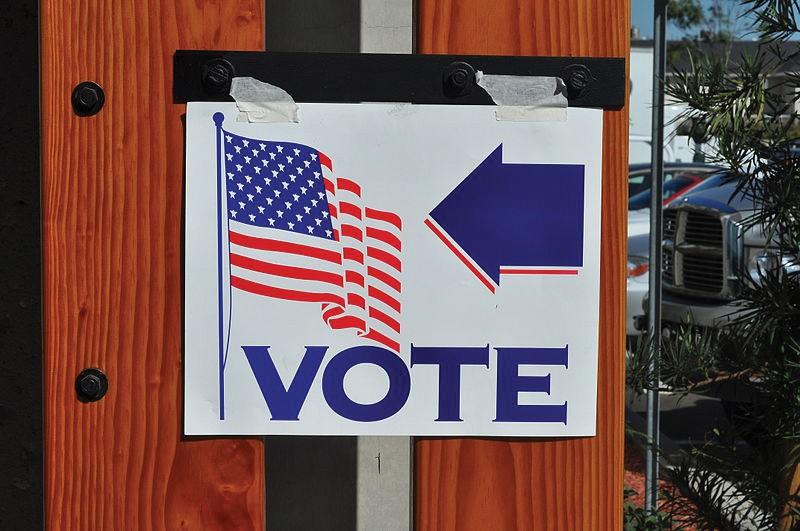This story was produced as part of the Daily Wildcat’s “Election Guide” special print edition, published Wednesday, Oct. 21, and available on campus or online.

Election day is quickly approaching for what will surely be an unprecedented year. Voting methods have become highly controversial considering the lasting pandemic, with many worrying about exposure to COVID-19 when heading to the polls. The current solution is through mail-in ballots, though it has caused mass amounts of controversy to circulate through the news, social media and every other point of contact with the outside world. Amidst the chaos and confusion, it can be very difficult to know where to start on understanding the process. Here is everything you need to know about mail-in ballots, why that matters and how to make your vote count.
Public opinion on voting via mail varies across the country, and states have independently decided which course of action they feel is best. Out of this, three main methods regarding how citizens can vote using absentee ballots have developed.
The first method of modified voting will be conducted entirely through mail. According to The New York Times, nine states plus Washington D.C. will be automatically sending ballots via mail to all registered voters within the state, while some states will require a request for an absentee ballot.
RELATED: OPINION: Vote blue no matter who
The second method voters can expect to see is no-excuse needed absentee voting. According to the same article, so far, up to 35 states will be allowing registered voters to cast votes through an absentee ballot without the requirement of providing a qualifying excuse. Within some of these states, absentee ballots will be sent to registered voters automatically.
The third method, only consisting of five states, will require a valid excuse for an absentee ballot. Unlike other states, these states will not allow the risk of contracting COVID-19 as an acceptable excuse. Voters in these districts will be required to vote in person unless under “extenuating circumstances,” which cannot include the coronavirus.
Mail-in voting is in the spotlight of most news and Donald Trump’s tirades today as if it has never been used before this election. This is obviously not the case. The first instance of absentee voting dates back as far as the Civil War. President Lincoln made the decision to send ballots to the soldiers while they were in combat, claiming that there is no free government without elections. During World War II, the Soldier Voting Act of 1942 was passed and widely promoted to ensure all American soldiers had the opportunity to vote. Since then, many more acts like this were passed through the years to make it easier for men and women to cast their votes.
RELATED: Election 2020: A last-minute guide to voter registration
The method of voting through the mail has since become widely accepted, and in 2000, Oregon switched to voting entirely through the mail. Washington, Colorado, Utah and Hawaii have since modified voting to entirely through the mail, even before the outbreak of COVID-19.
A large concern about such large quantities of mail-in ballots is the unintentional disenfranchisement of voters. If the ballot is not mailed in time or has any error in its completion, the vote will not be counted. To make sure your vote counts, learn your local voting requirements and deadlines and be sure to register and mail in ballots as early as possible. When you do receive your ballot, be sure to pay careful attention and follow all directions exactly. Do not let your vote be discarded because of a silly signature error.
There have been many controversial comments made regarding mail-in ballots. In looking at our own history, it is easy to see that mail-in ballots have run effectively for decades, with no statistically significant proof of voter fraud ever happening. Providing an option for all Americans to vote while maintaining their safety is crucial to the principles in which our country was based on. The aggressive rhetoric circulating through the news about the invalidity of mail-in ballots is nothing more than passionate language aimed at gaining votes from people who easily fall victim to conspiracy theories. Look at the facts, and know that your vote will count and your voice will be heard in whatever method of voting is best for you.
Unsure of how to vote? Use this interactive guide to find all the different ways you can vote in your area!
Lauren is a political science major; she is from Baltimore. Follow the Daily Wildcat on Twitter









